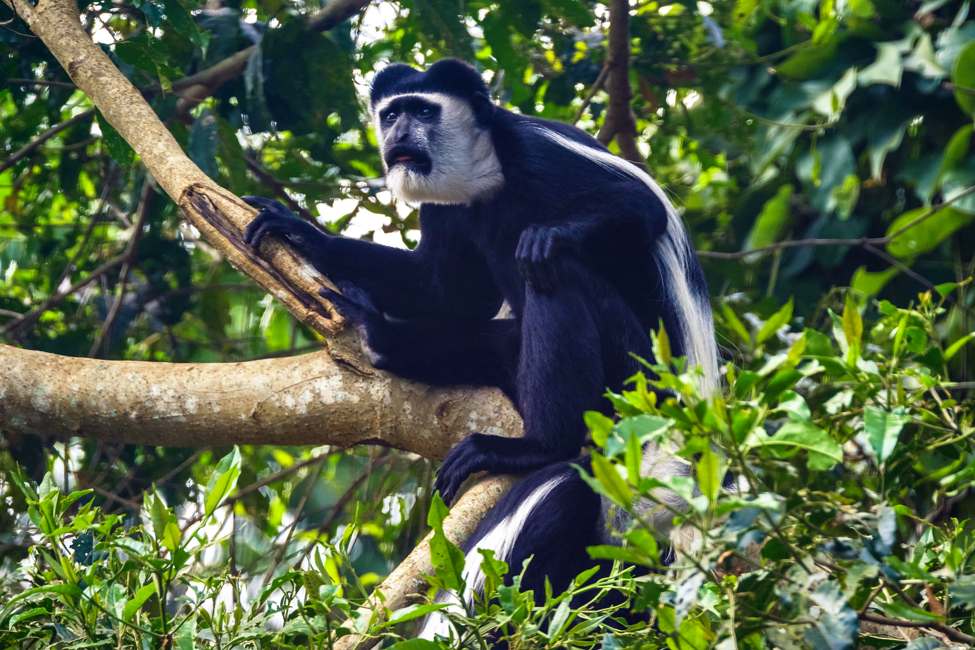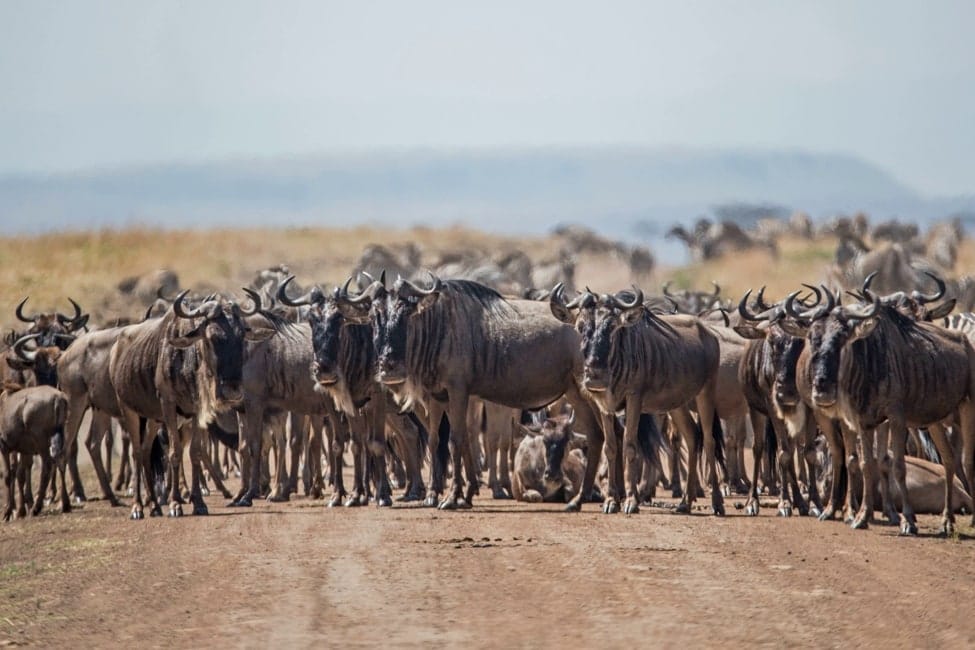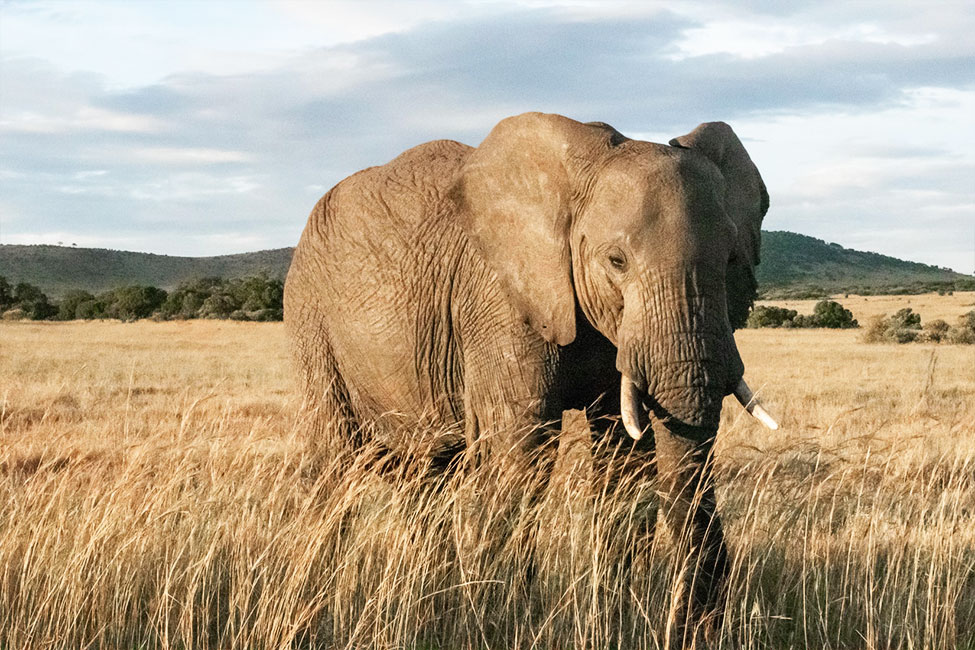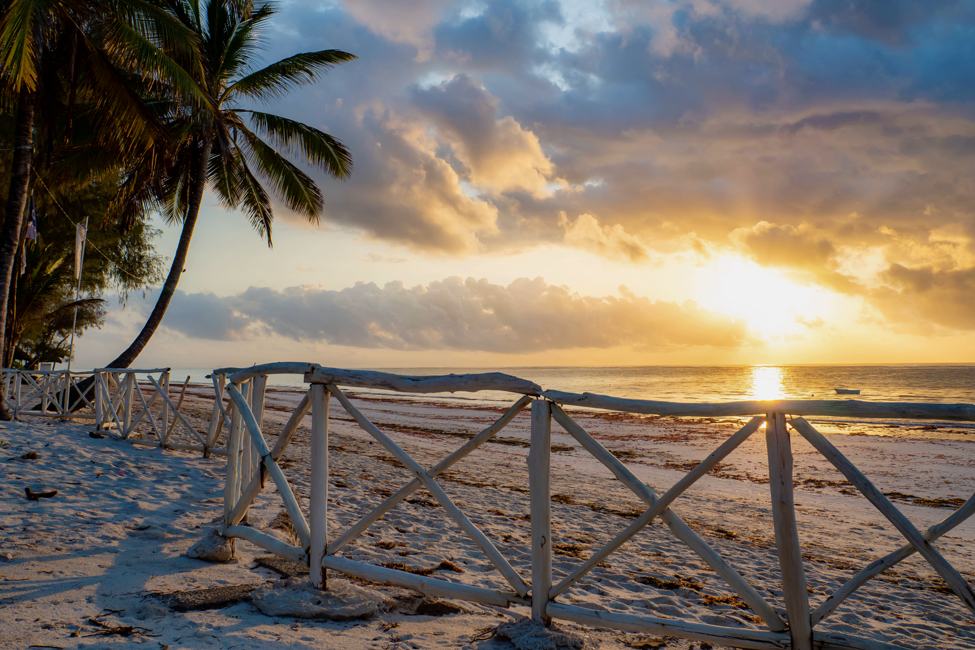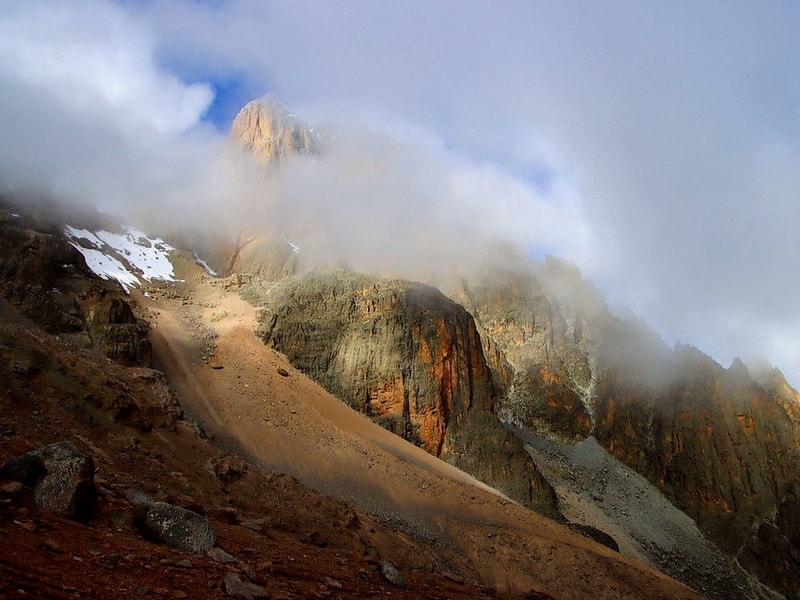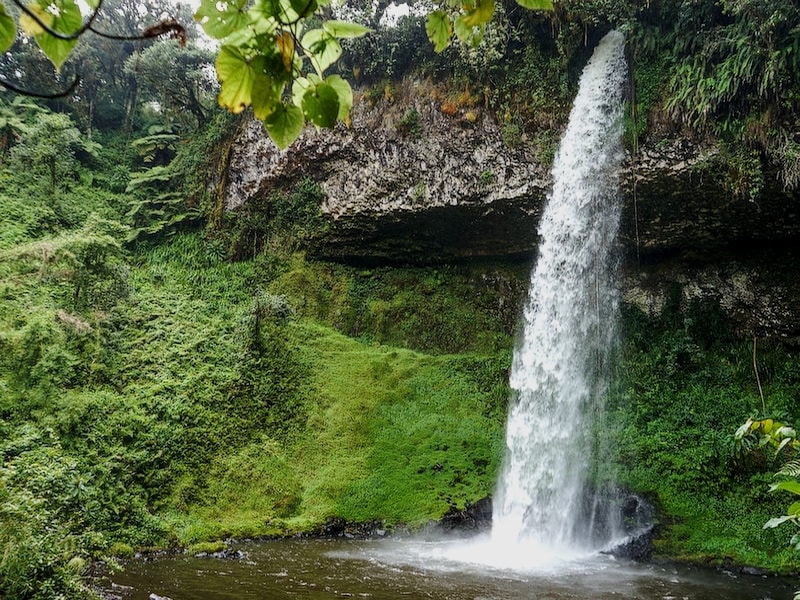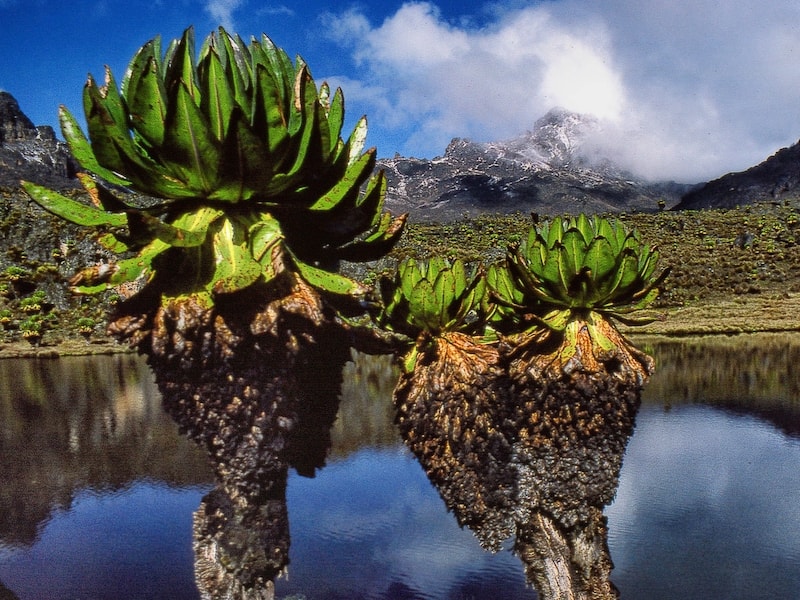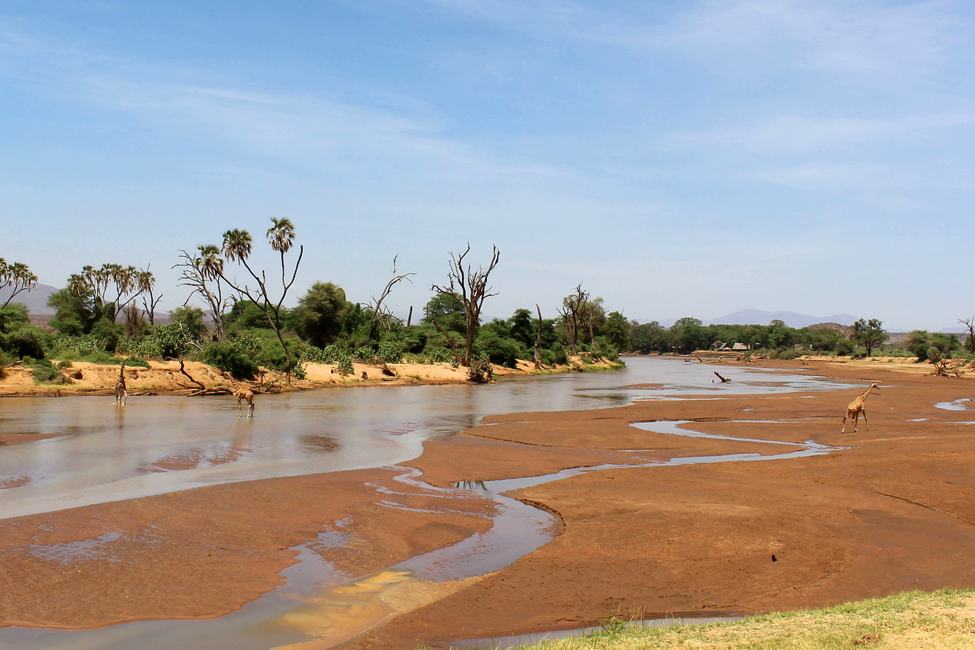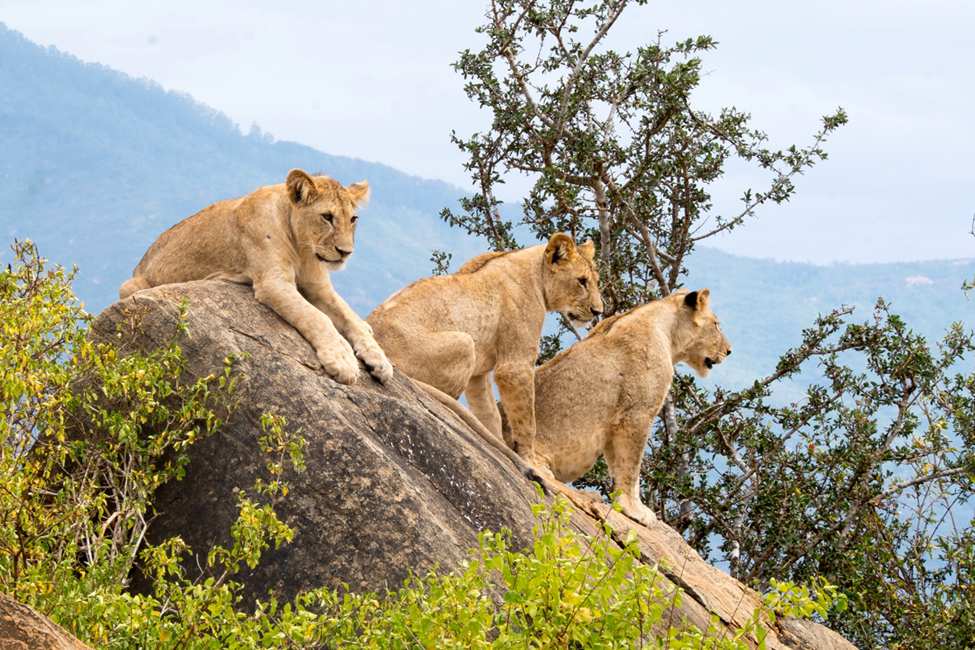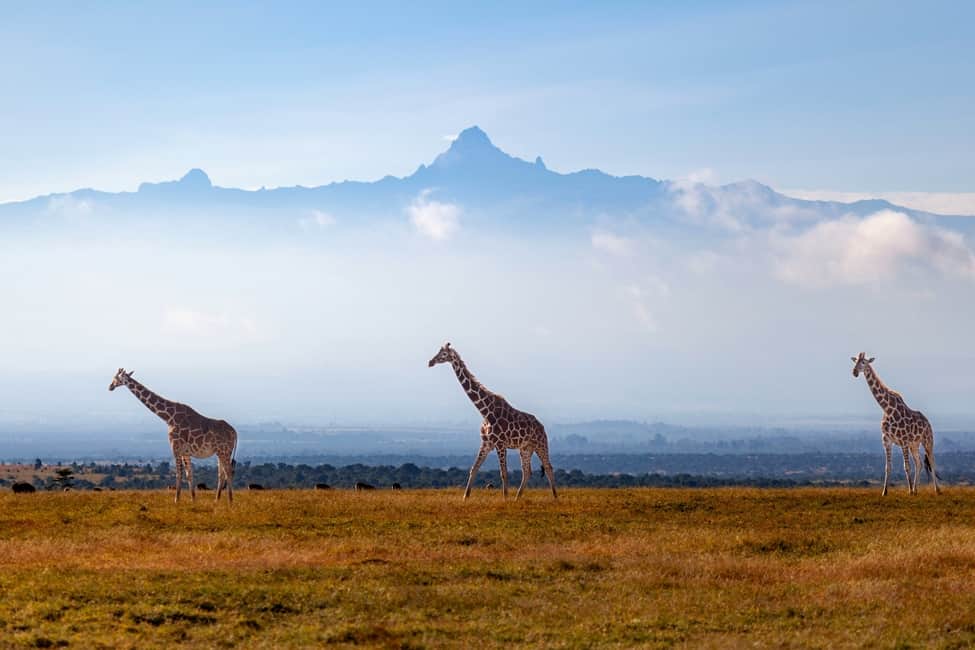Discover Mount Kenya, Africa’s Second Highest Peak!
At 17,000 feet high, Mount Kenya is Africa’s second tallest mountain next to Kilimanjaro. That makes it a favorite destination of mountain climbers. But Mount Kenya has much to enchant other safari-goers, as well. Favorite ways to explore the foothills of Mount Kenya include game drives and horseback safaris.
The diverse ecosystems range from dense rainforests at lower altitudes to alpine tundra and glacial formations higher up. These boast a huge variety of wildlife, including several species unique to Mount Kenya.
Wildlife on Mount Kenya
Mount Kenya is a UNESCO World Heritage Site and a biodiversity hotspot. You might see olive baboons, elephants, waterbucks, black rhinos, black-fronted duikers, leopards, genets, bush pigs, or hyenas. Other animals on Mount Kenya include black-and-white colobus monkeys, Sykes monkeys, bushbucks, Mount Kenya hyraxes, and the Big 5. You can also find hundreds of birds on Mount Kenya‘s slopes.
Flora and fauna shift as the altitude changes. The lower slopes are forested by dry upland trees, then cedar and yellowwood, and above that a belt of bamboo encircles the mountain. As you ascend, you’ll encounter rare plant species, including the giant lobelia and giant groundsel, which thrive in the high-altitude environment. Even as plants become more sparse, you may see an occasional high-altitude zebra or eland antelope before reaching the rocky outcrops at the peak of the mountain.
Explore Kenya on These Safaris
Climbing Mount Kenya
Mount Kenya is crowned by several peaks, with Batian Peak being the highest at 5,199 meters (17,057 feet). A variety of scenic routes offer both easier and more challenging options for ascending the slopes. Each step of your journey offers a new vista, from lush greenery to stark, rugged terrains.
For summiting Mount Kenya, the most popular trekking routes include:
- The Sirimon Route: Ideal for those seeking a less crowded path, this route offers stunning views and a gradual ascent.
- The Naro Moru Route: Known for its challenging terrain, it’s popular for those looking for a more direct approach to the summit.
- The Chogoria Route: Often considered the most scenic, this trail showcases the stunning landscapes and unique flora of the mountain.
All of these are accessible to people who want to hike to the top. Most of the other five routes require technical rock-climbing skills.
The best times to ascend Mount Kenya are during the dry seasons, from late June to October and late December to March. These months offer clearer skies and more stable weather, making for a safer and more enjoyable trekking experience.
Sights on Mount Kenya: Clouds over Lenana Point, by Guillaume Baviere; waterfall, by Nina R; giant groundsel (Dendrosenecio keniodendron) grows up to 20 feet high, by Ray in Manila.
Explore Kenya
A visit to Mount Kenya is an adventure filled with breathtaking scenery, rich biodiversity, and vibrant local culture. Whether you’re scaling the peaks or simply soaking in the views from the base, the memories you create here will stay with you long after you’ve returned home. Contact Ujuzi to plan your trip!
Sign up for the Ujuzi Newsletter!
From top travel tips to innovative safaris and conservation movement, get inspired to plan your next African safari!
By submitting this form, you are consenting to receive marketing emails from: . You can revoke your consent to receive emails at any time by using the SafeUnsubscribe® link, found at the bottom of every email. Emails are serviced by Constant Contact


